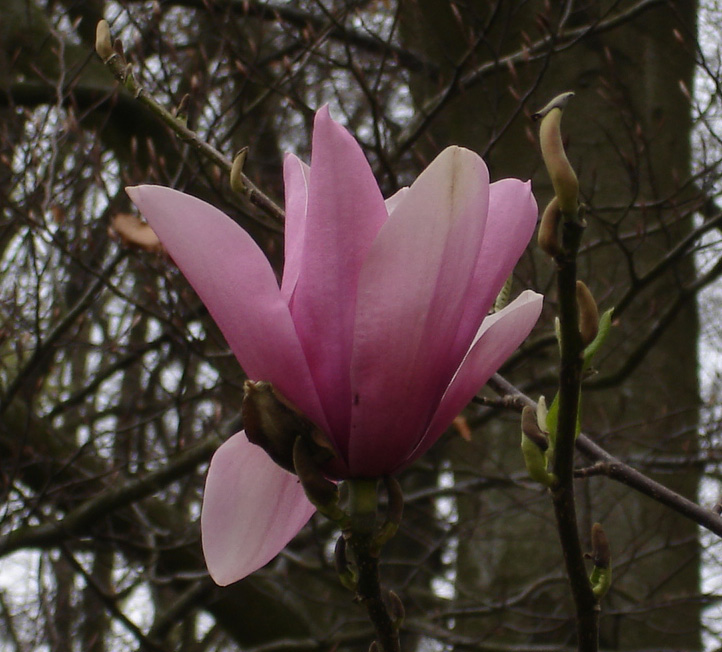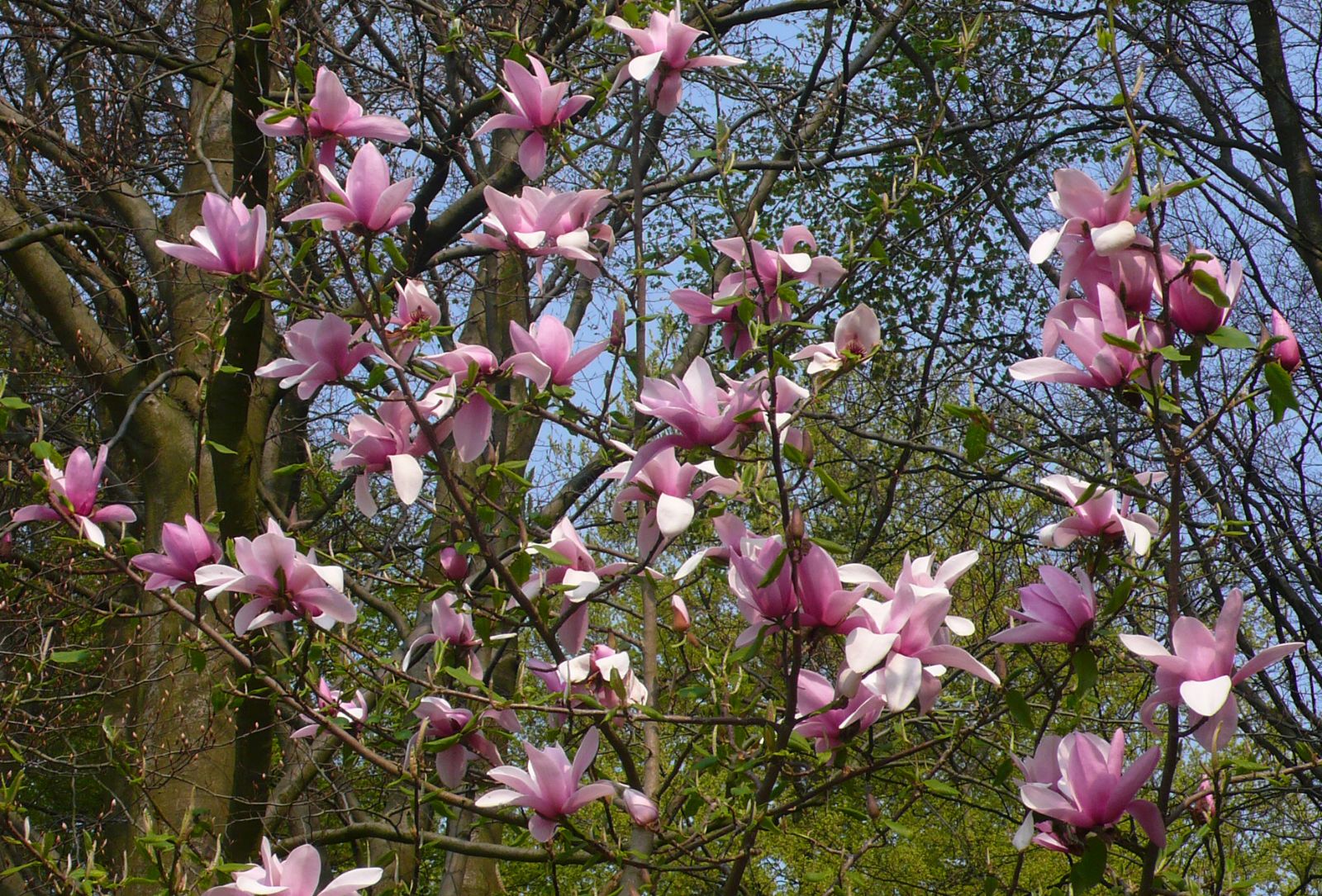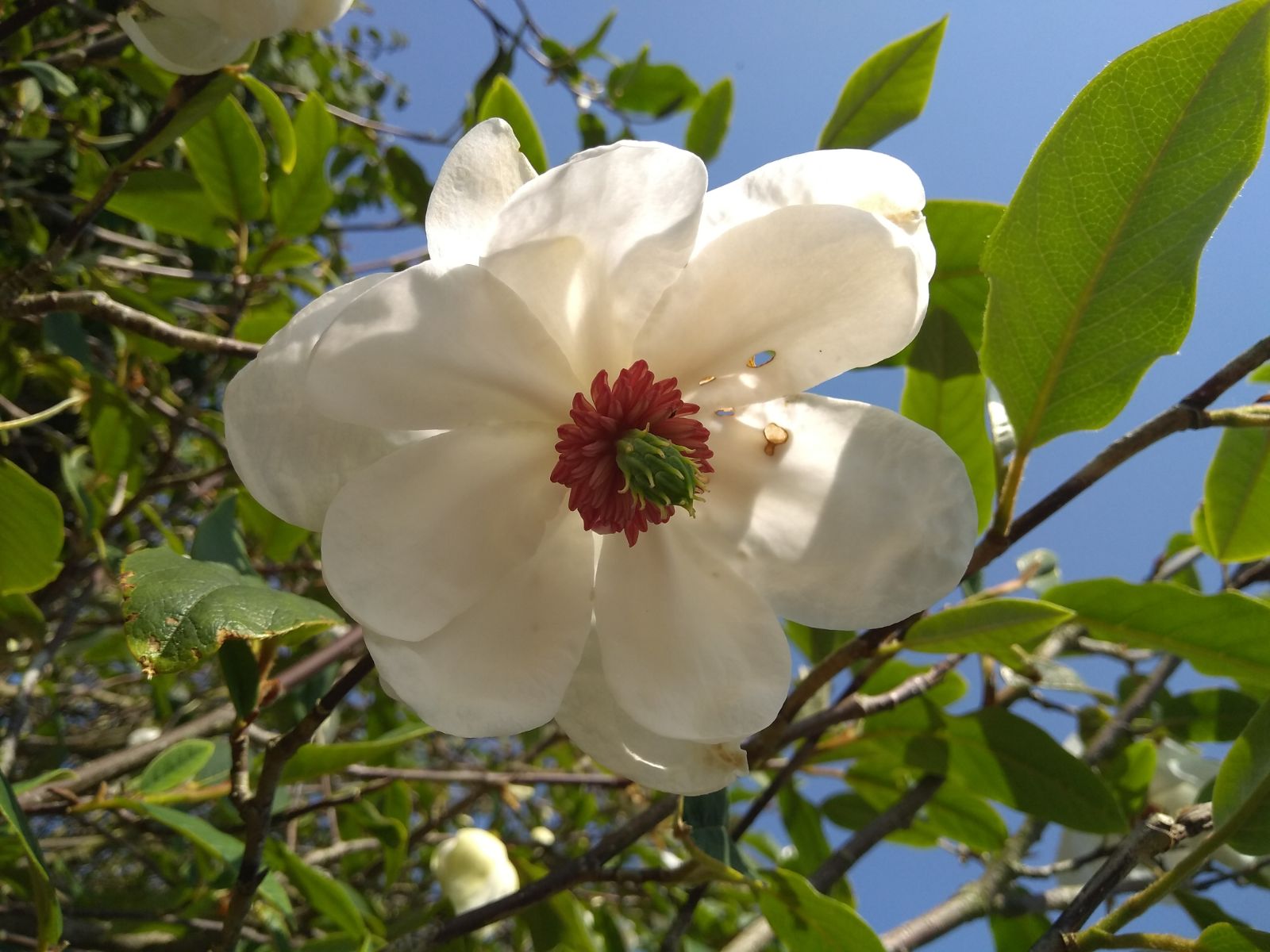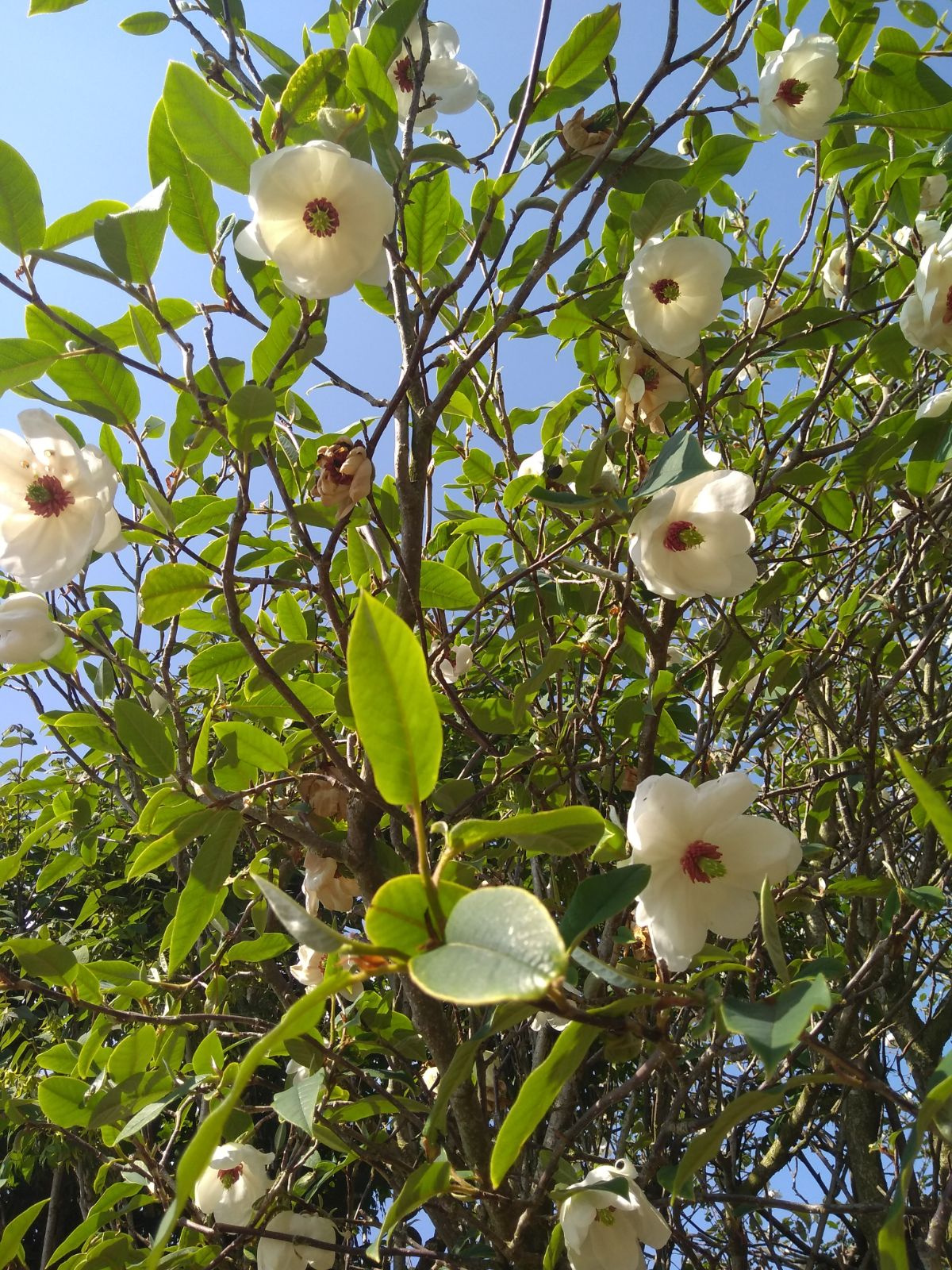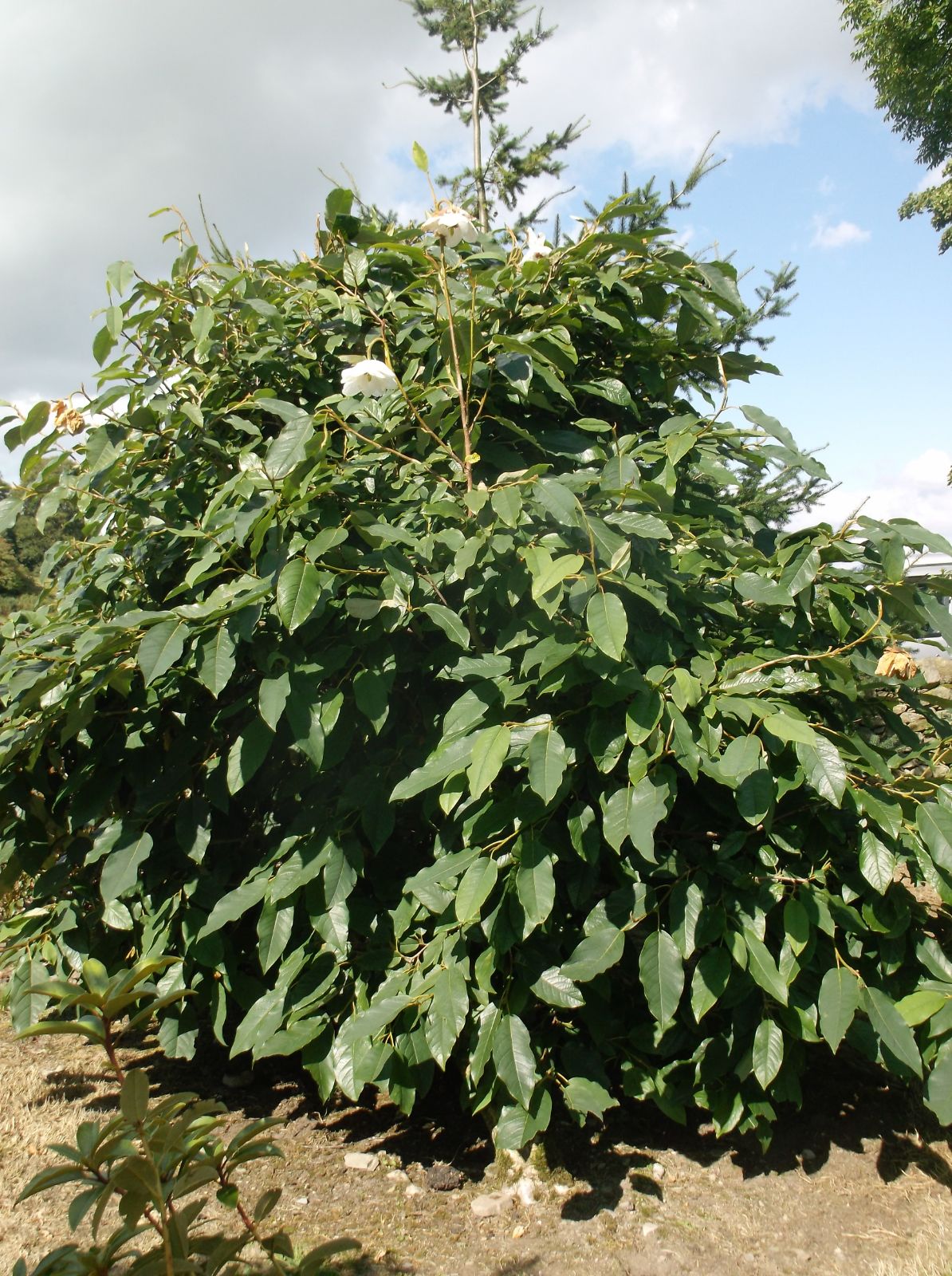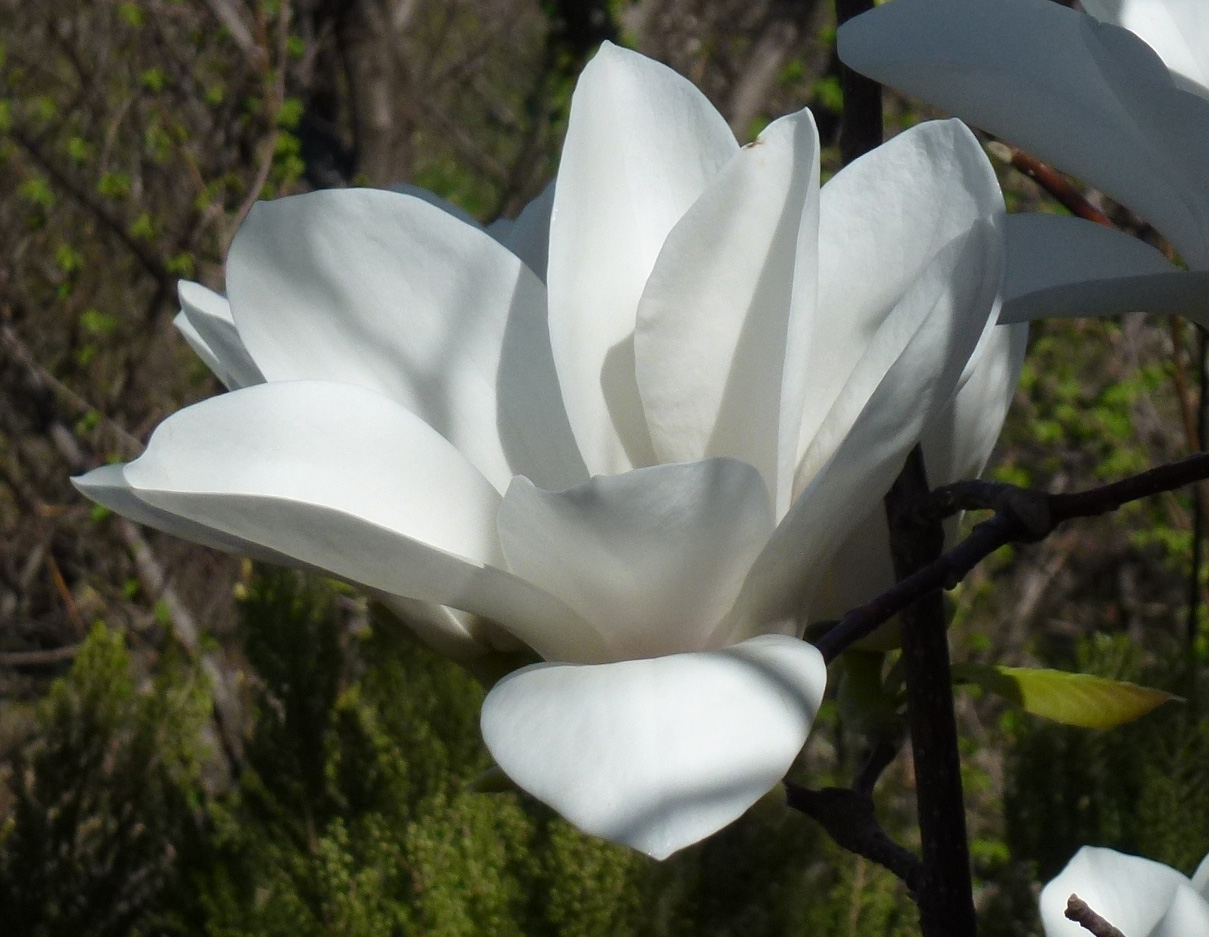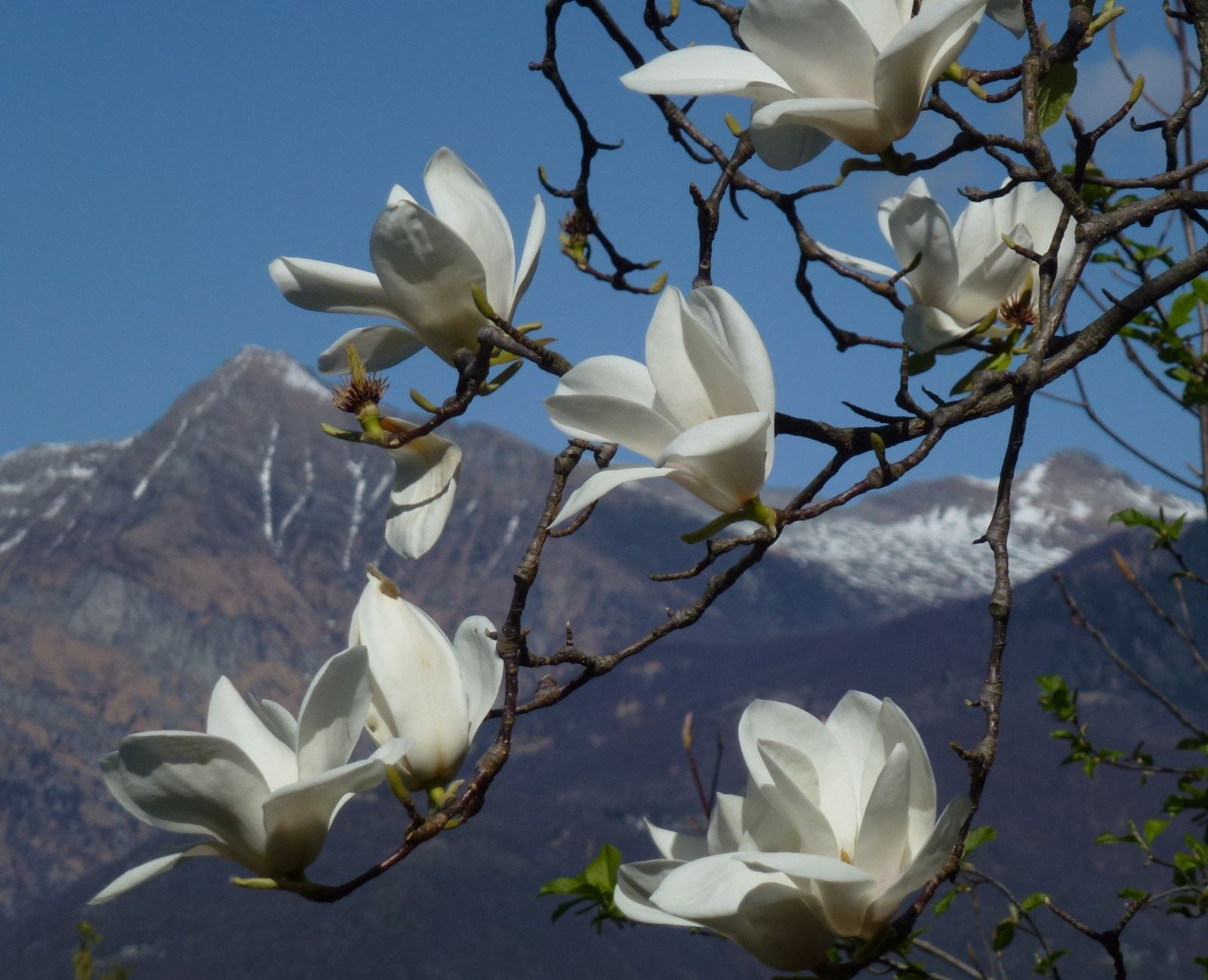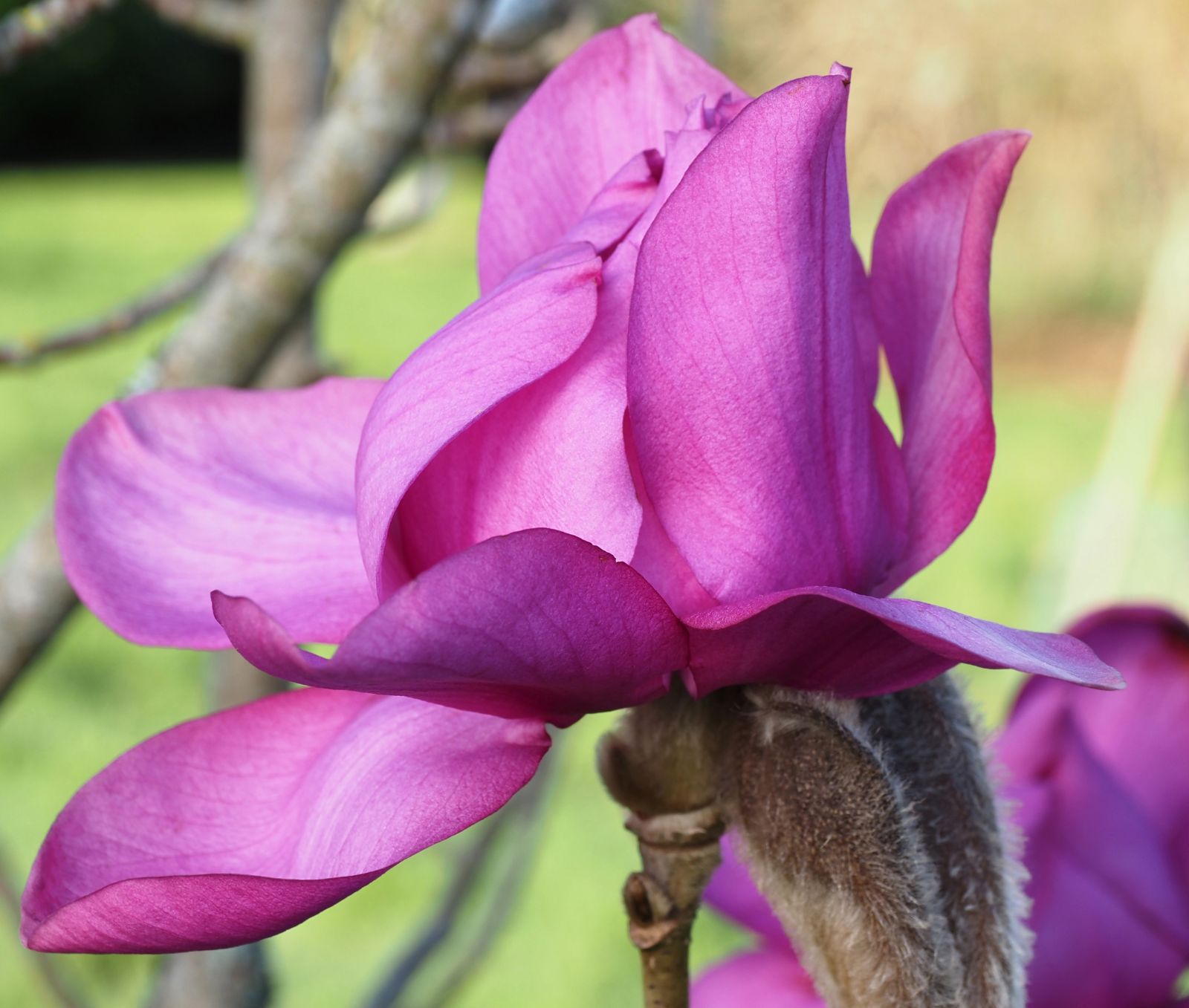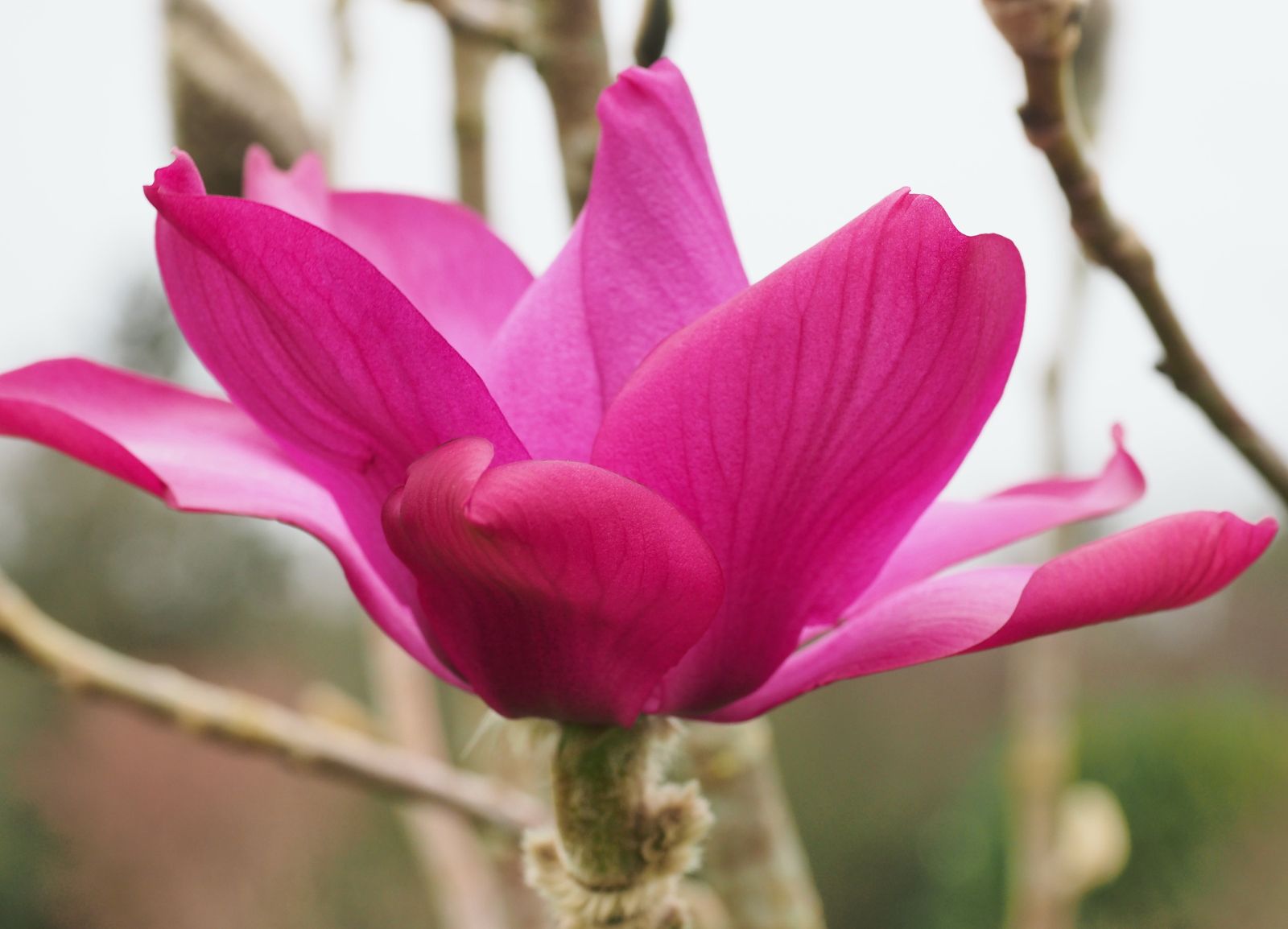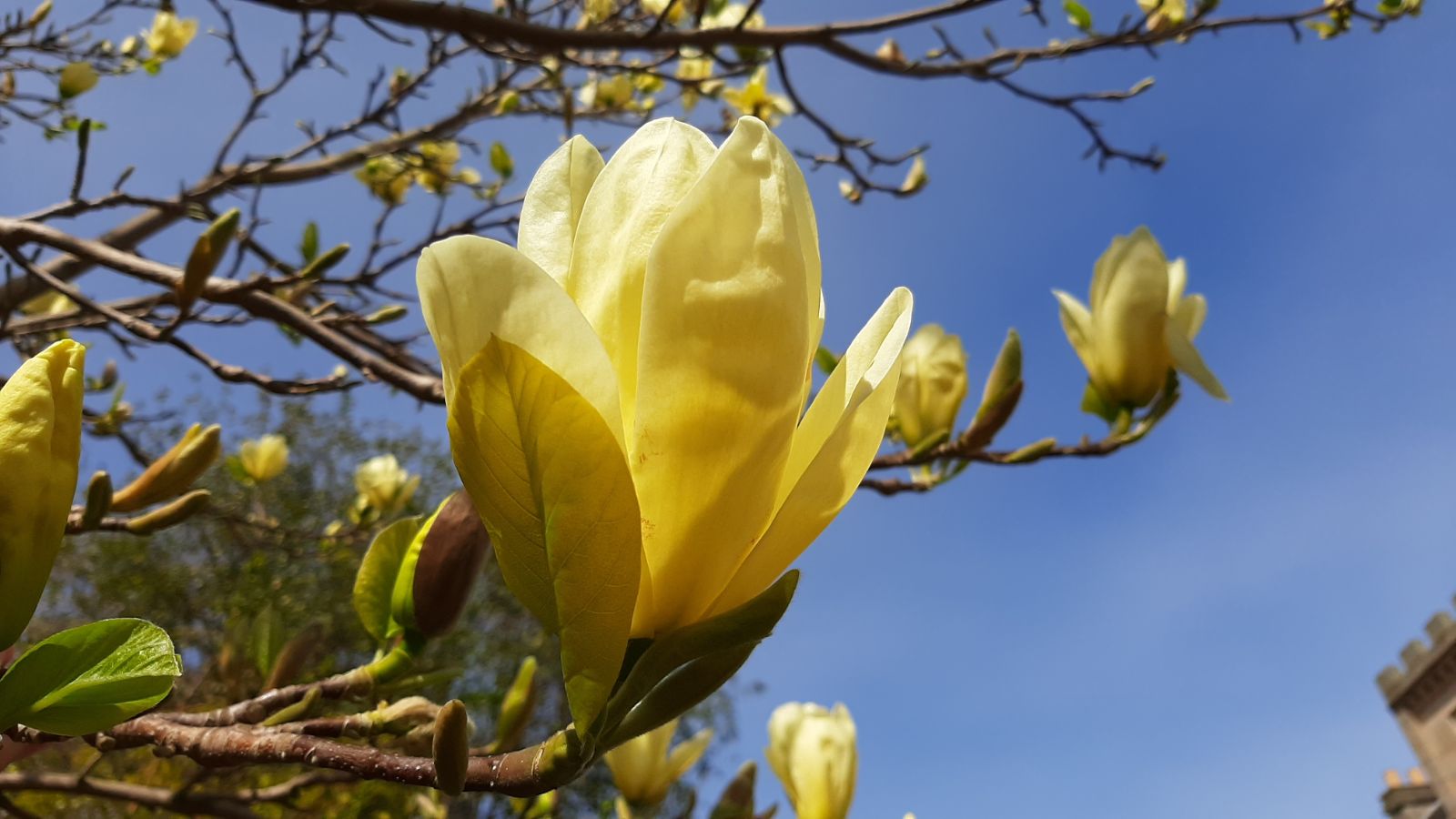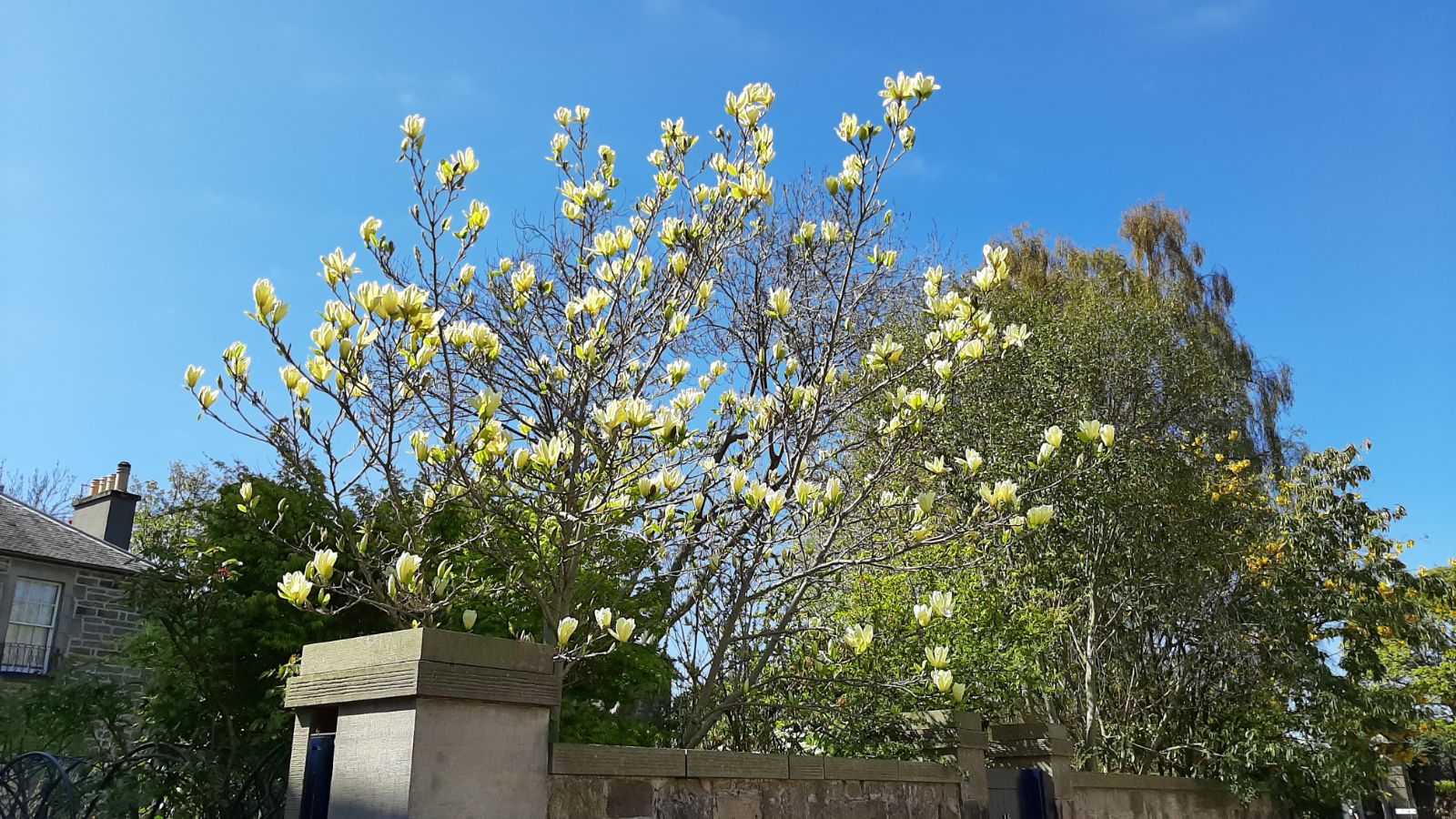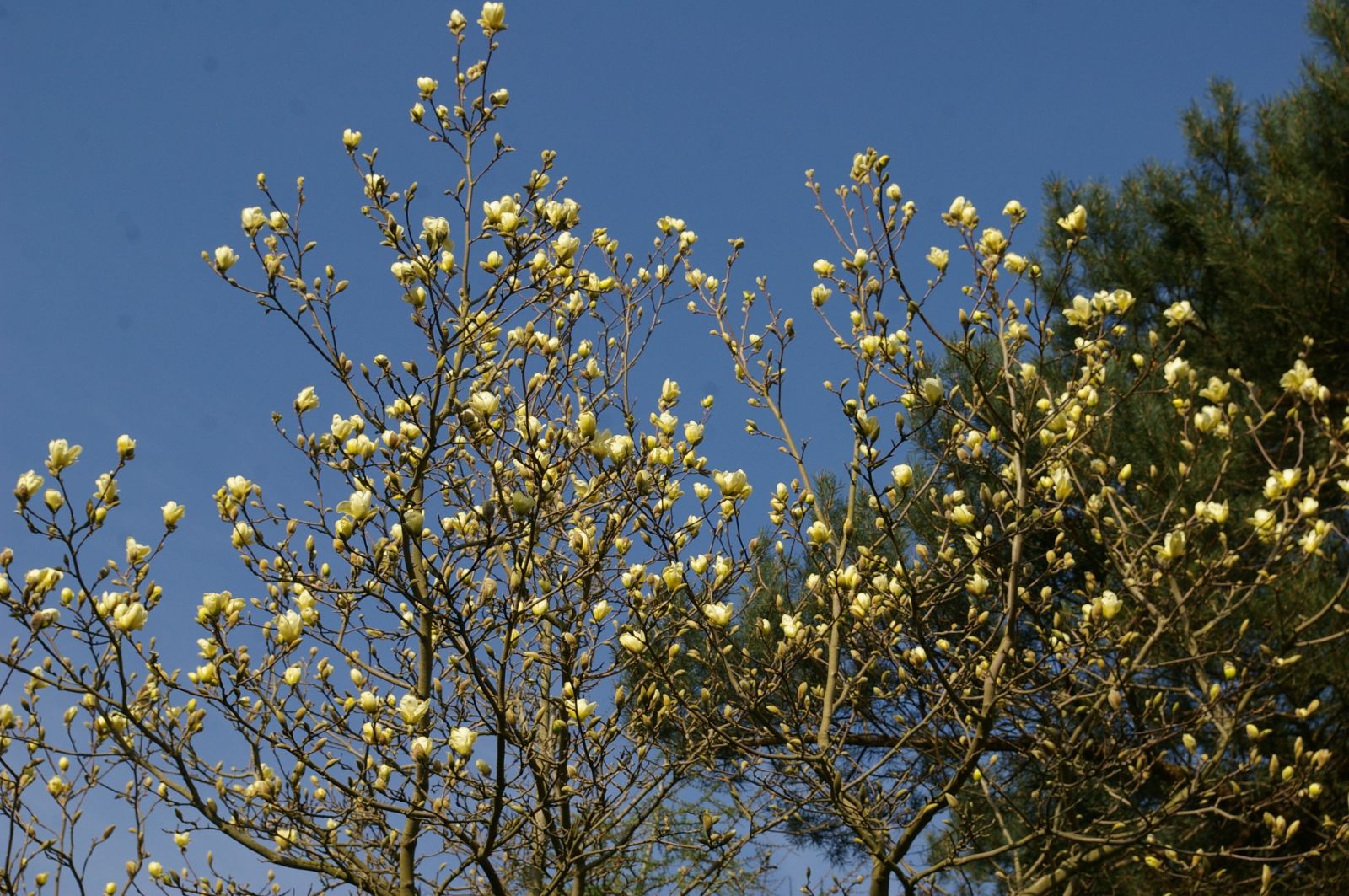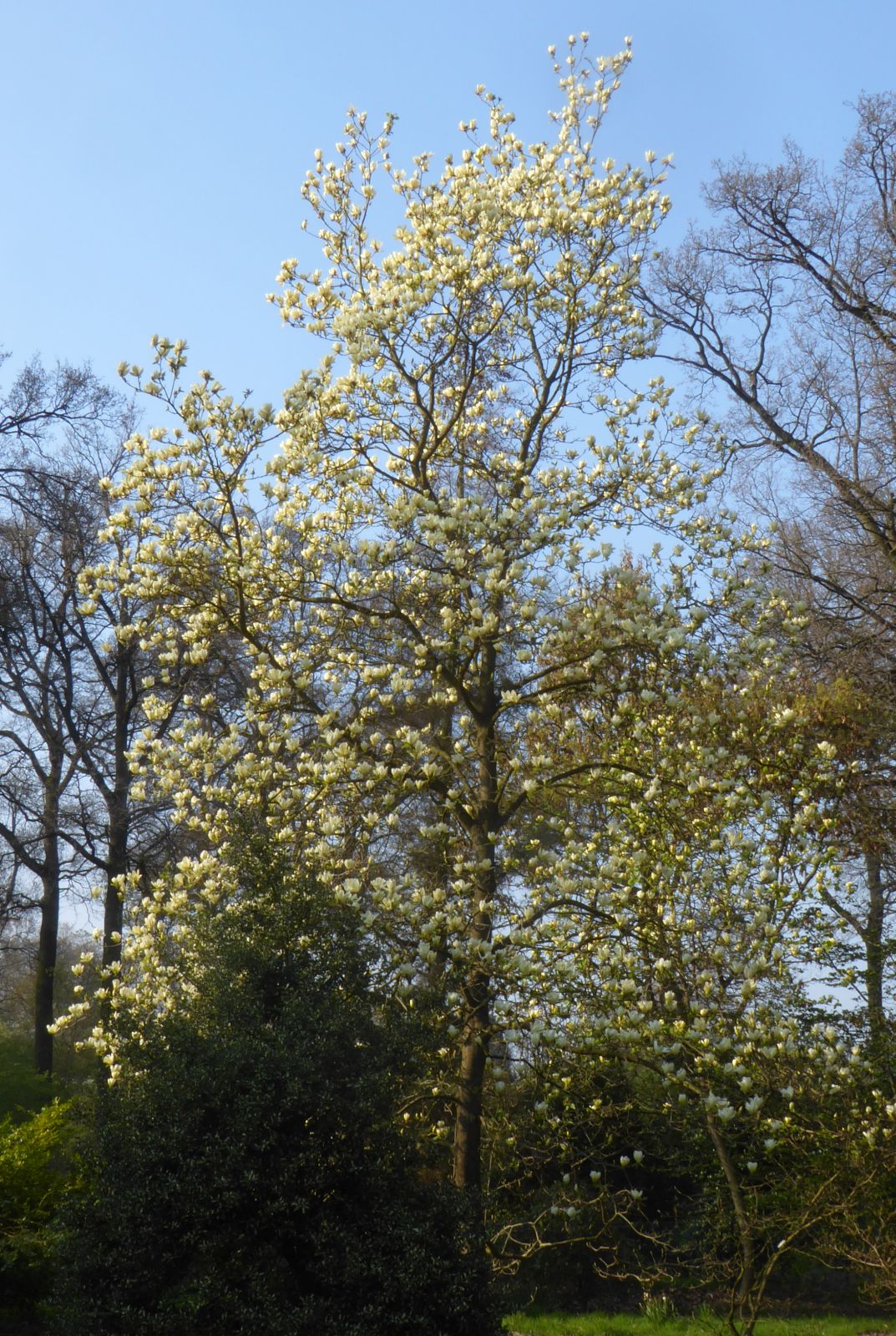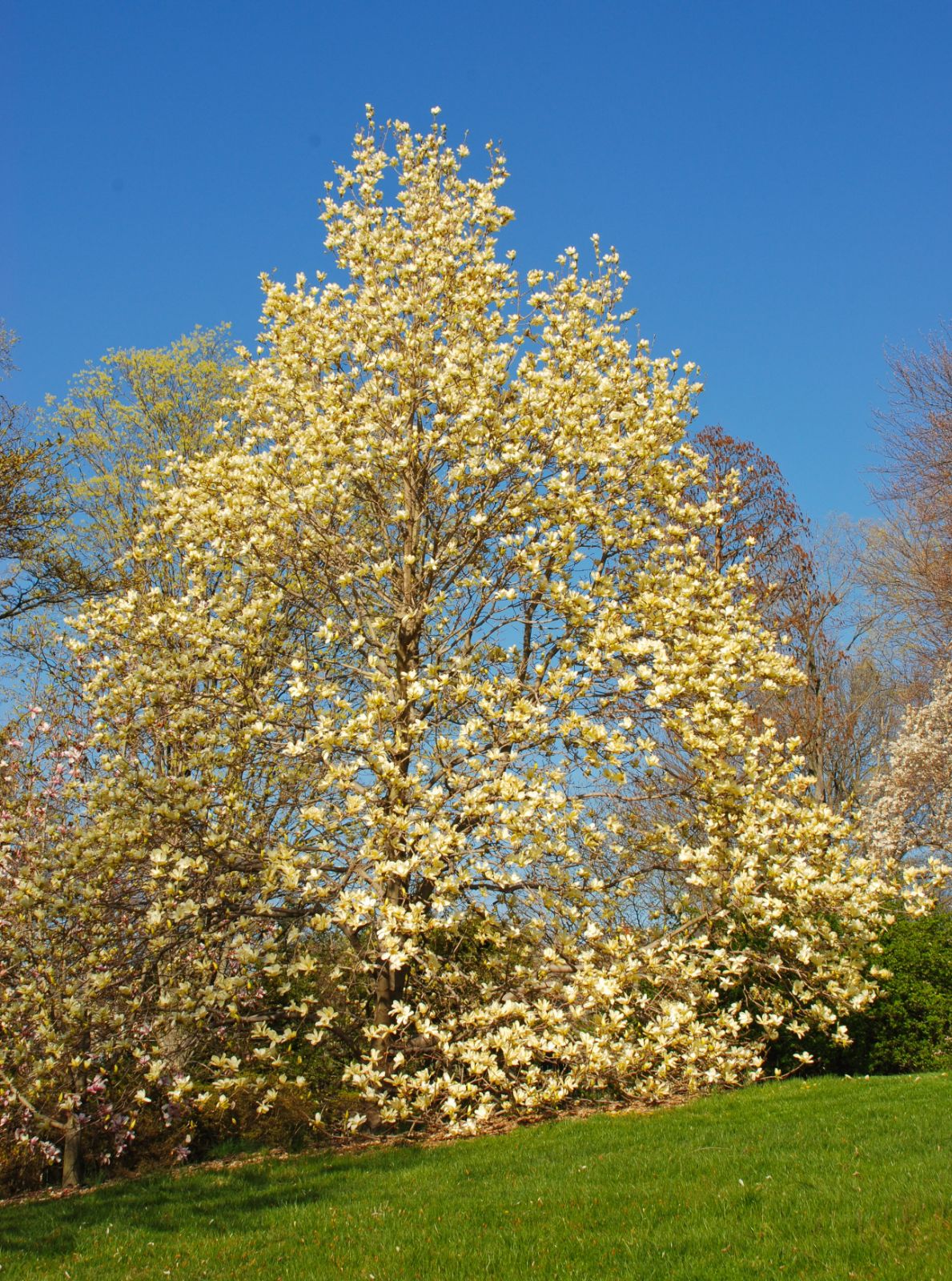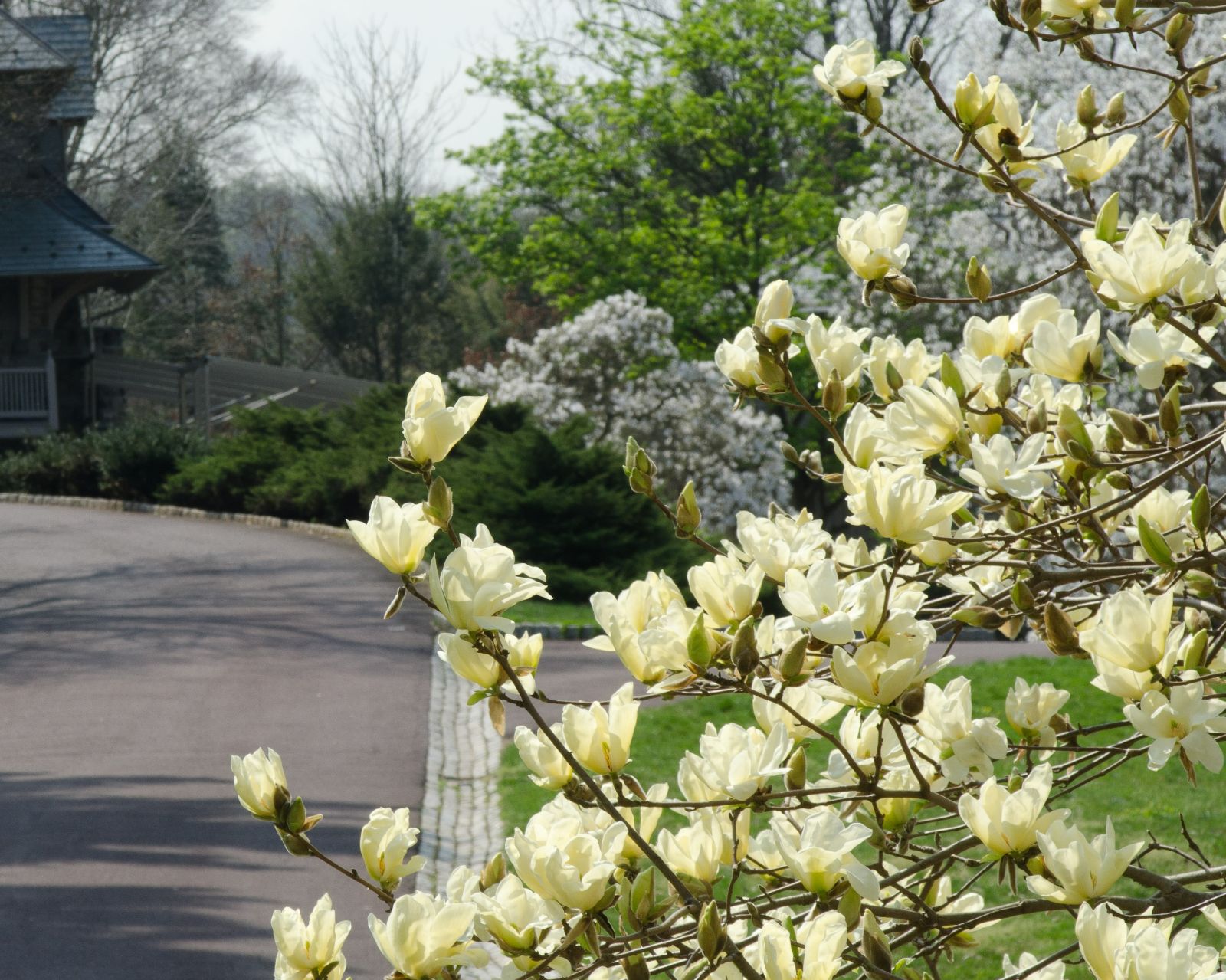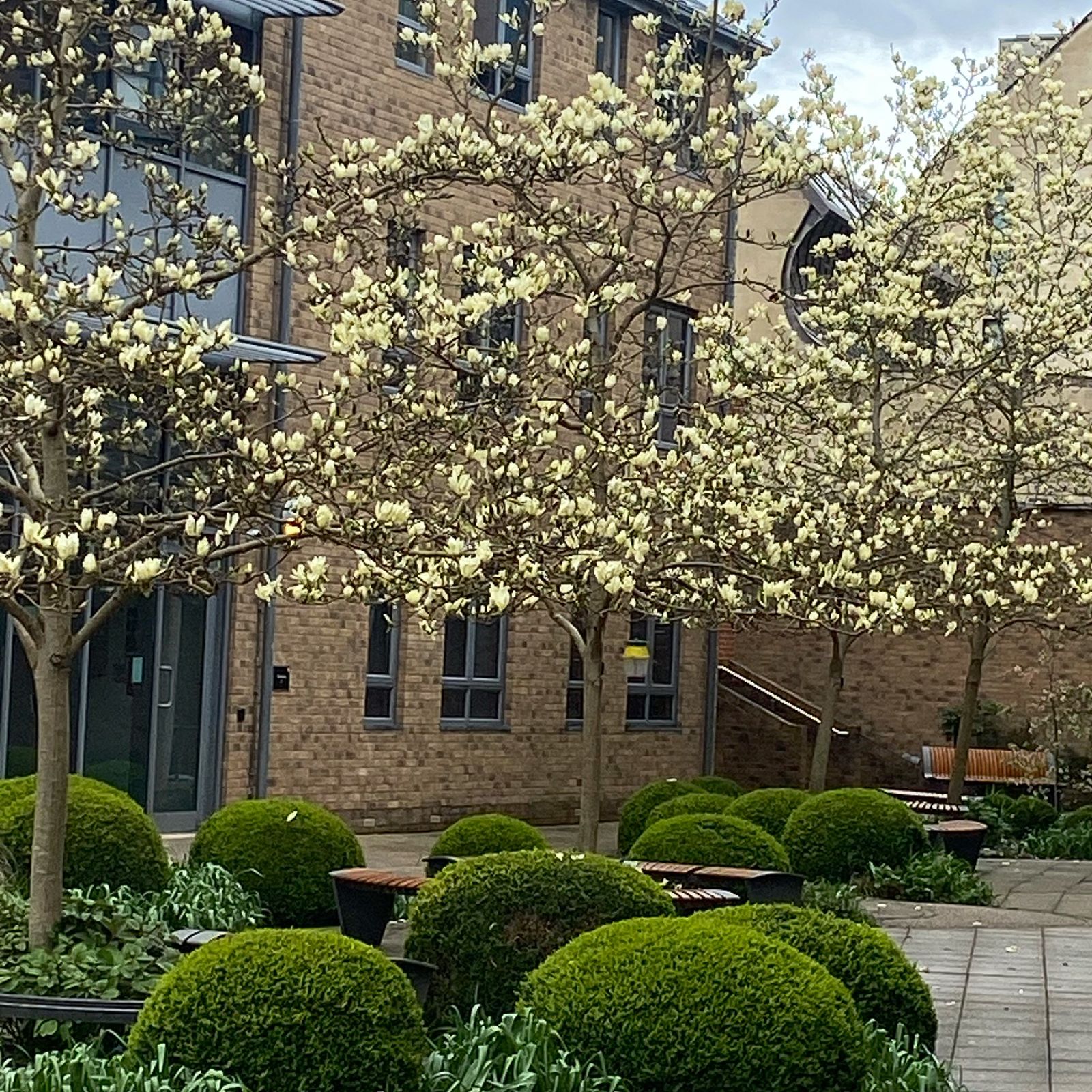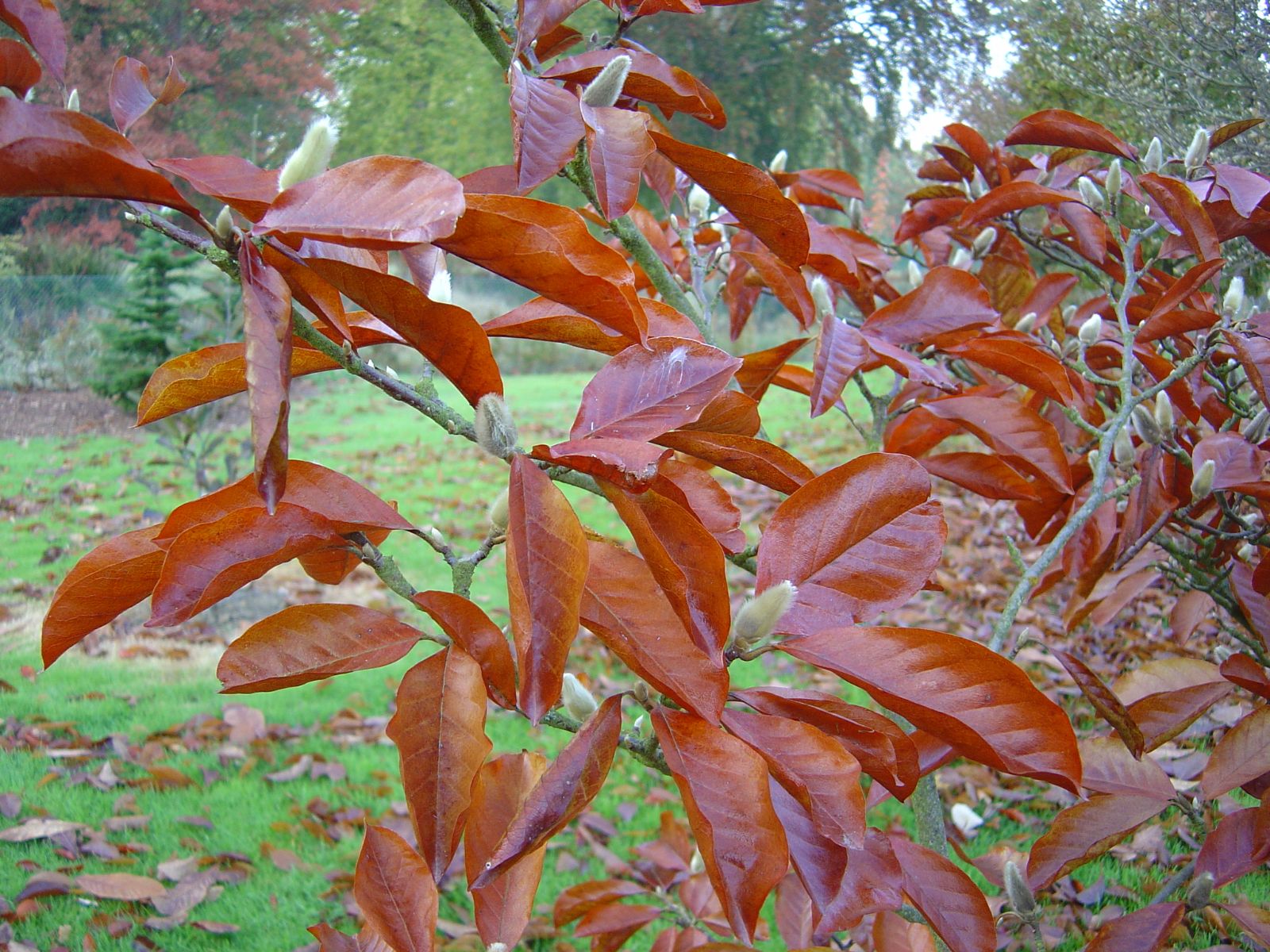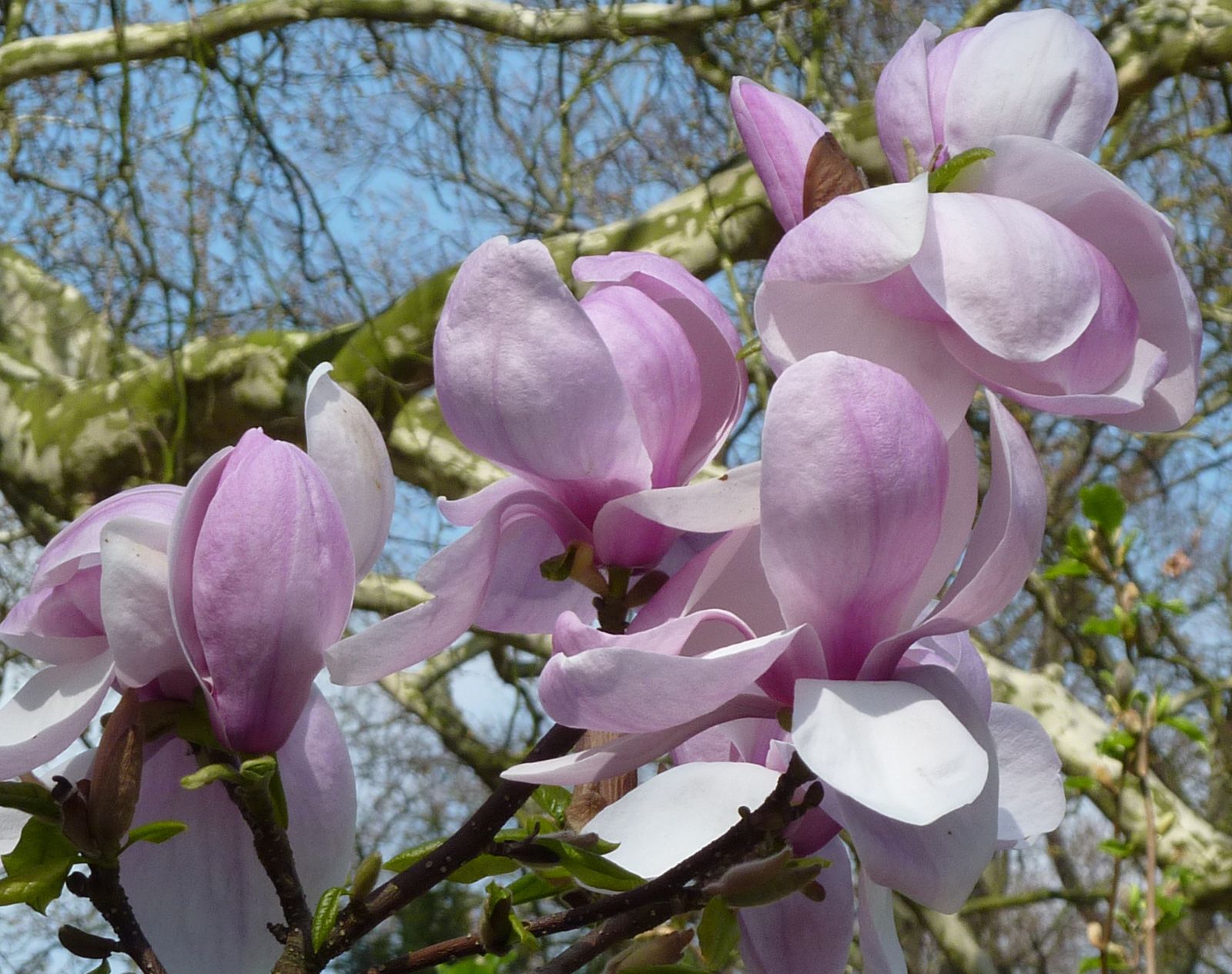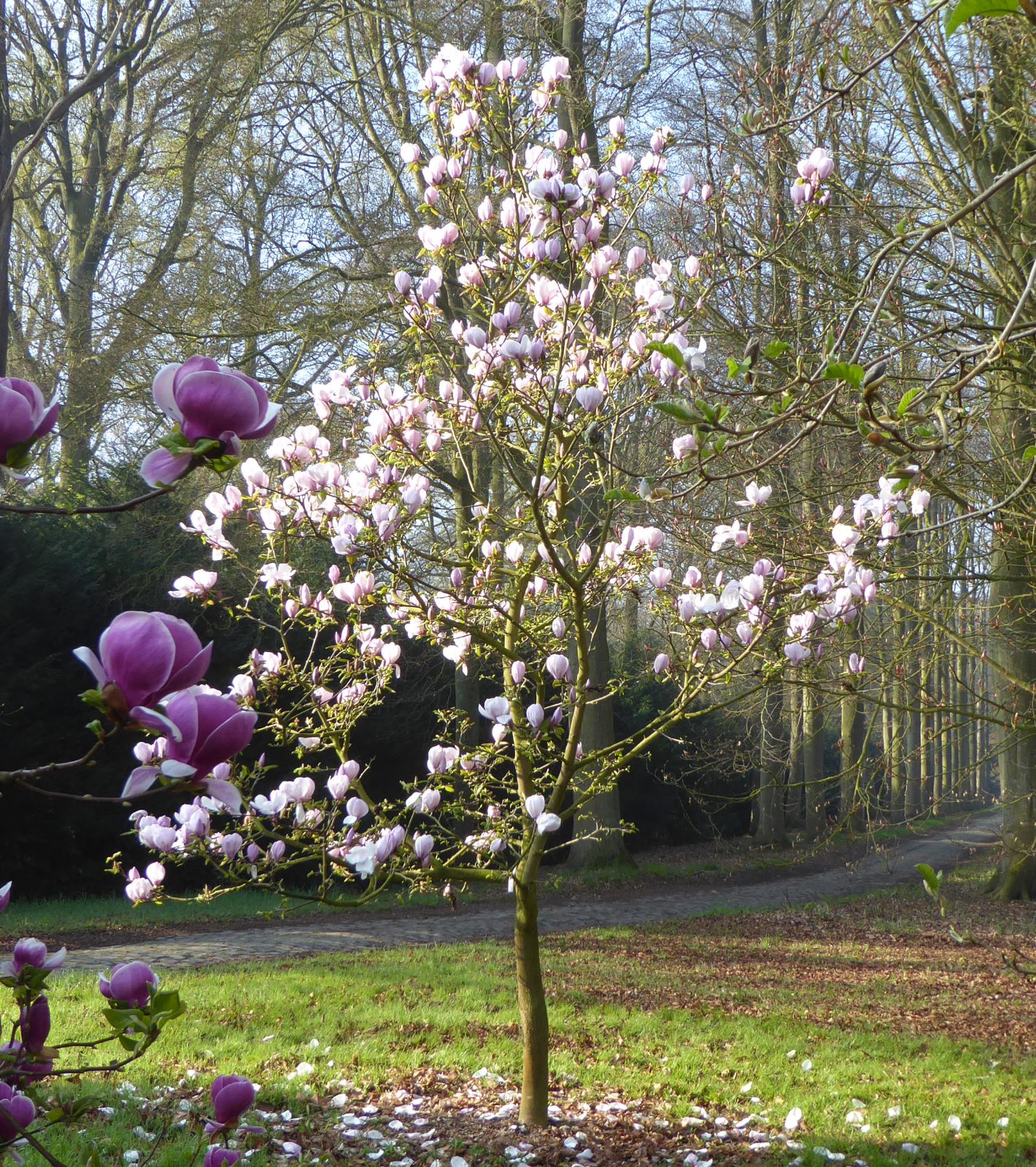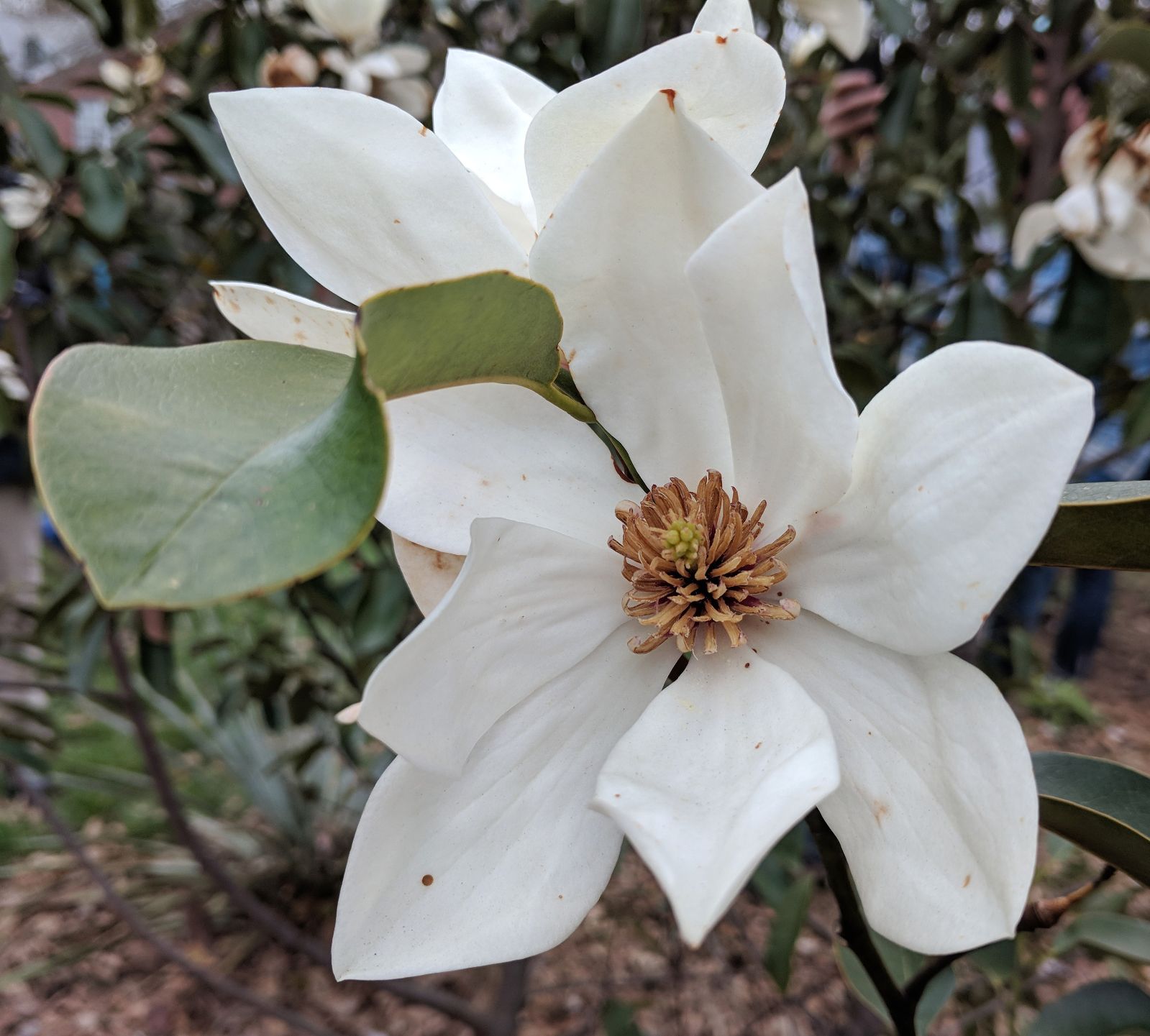Magnolia Cultivars E
Sponsor
Kindly sponsored by
The Roy Overland Charitable Trust

Credits
Julian Sutton (2022)
Recommended citation
Sutton, J. (2022), 'Magnolia Cultivars E' from the website Trees and Shrubs Online (treesandshrubsonline.
Genus
Infraspecifics
Other taxa in genus
- Magnolia acuminata
- Magnolia × alba
- Magnolia amabilis
- Magnolia amoena
- Magnolia aromatica
- Magnolia biondii
- Magnolia × brooklynensis
- Magnolia campbellii
- Magnolia cathcartii
- Magnolia cavaleriei
- Magnolia caveana
- Magnolia champaca
- Magnolia changhungtana
- Magnolia chapensis
- Magnolia compressa
- Magnolia conifera
- Magnolia Cultivars A
- Magnolia Cultivars B
- Magnolia Cultivars C
- Magnolia Cultivars D
- Magnolia Cultivars F
- Magnolia Cultivars G
- Magnolia Cultivars H–I
- Magnolia Cultivars J
- Magnolia Cultivars K
- Magnolia Cultivars L
- Magnolia Cultivars M
- Magnolia Cultivars N–O
- Magnolia Cultivars P
- Magnolia Cultivars Q–R
- Magnolia Cultivars S
- Magnolia Cultivars T
- Magnolia Cultivars U–V
- Magnolia Cultivars W–Z
- Magnolia cylindrica
- Magnolia dandyi
- Magnolia dawsoniana
- Magnolia de Vos and Kosar hybrids
- Magnolia decidua
- Magnolia delavayi
- Magnolia denudata
- Magnolia doltsopa
- Magnolia duclouxii
- Magnolia ernestii
- Magnolia figo
- Magnolia floribunda
- Magnolia × foggii
- Magnolia fordiana
- Magnolia foveolata
- Magnolia fraseri
- Magnolia fulva
- Magnolia globosa
- Magnolia × gotoburgensis
- Magnolia grandiflora
- Magnolia grandis
- Magnolia Gresham hybrids
- Magnolia guangdongensis
- Magnolia hookeri
- Magnolia insignis
- Magnolia Jury hybrids
- Magnolia × kewensis
- Magnolia kobus
- Magnolia kwangtungensis
- Magnolia laevifolia
- Magnolia lanuginosa
- Magnolia leveilleana
- Magnolia liliiflora
- Magnolia × loebneri
- Magnolia lotungensis
- Magnolia macclurei
- Magnolia macrophylla
- Magnolia martini
- Magnolia maudiae
- Magnolia nitida
- Magnolia obovata
- Magnolia officinalis
- Magnolia opipara
- Magnolia × proctoriana
- Magnolia × pruhoniciana
- Magnolia rostrata
- Magnolia salicifolia
- Magnolia sapaensis
- Magnolia sargentiana
- Magnolia sieboldii
- Magnolia sinensis
- Magnolia sinica
- Magnolia sinostellata
- Magnolia × soulangeana
- Magnolia sprengeri
- Magnolia stellata
- Magnolia tamaulipana
- Magnolia × thomsoniana
- Magnolia tripetala
- Magnolia × veitchii
- Magnolia virginiana
- Magnolia × wieseneri
- Magnolia wilsonii
- Magnolia xinganensis
- Magnolia yunnanensis
- Magnolia yuyuanensis
- Magnolia zenii
Our primary references for cultivar information are Jim Gardiner’s (2000) ‘Magnolias: a Gardener’s Guide’ and Matt Lobdell’s (2021) register of cultivars for Magnolia Society International. Further references are cited where relevant. Other important accounts of cultivars include Dorothy Callaway’s (1994) ‘The World of Magnolias’ and (in German) Beet Heerdegen and Reto Eisenhut’s (2020) ‘Magnolien und Tulpenbäume: Magnoliaceae’. Magnolia Society International’s journal ‘Magnolia’ is an ongoing trove of information.
'Early Rose'
M. liliiflora × M. campbellii
RHS Hardiness Rating: H5
USDA Hardiness Zone: 6-9
Flowers precocious, rose pink, to 20 cm across. Typically a large, multistemmed shrub (Piet Vergeldt Boomkwekerij 2021). A less vigorous, smaller flowered sister to the celebrated ‘Star Wars’, raised by Os Blumhardt, New Zealand, in the 1970s.
'Edith Bogue'
See Magnolia grandiflora ‘Edith Bogue’.
'Eileen Baines'
M. wilsonii × M. sinensis
RHS Hardiness Rating: H6
USDA Hardiness Zone: 6-9
Flowers with the leaves (May in Scotland) to 15 cm across, nodding, white, very fragrant; a semi-double with extra whorls of white tepals; stamens reddish. The original plant regularly produces a second, smaller flush of flowers in late summer (R. Baines pers. comm.). A chance seedling of M. wilsonii which first flowered in 2007, it was selected by Richard Baines, curator of Logan Botanic Garden in SW Scotland, in his own garden and named for his mother; registered 2015 (Slack 2021; R. Baines pers. comm.).
'Elegance'
M. sprengeri 'Diva' × M. stellata 'Waterlily'
RHS Hardiness Rating: H6
USDA Hardiness Zone: 6-9
Flowers precocious, March–April in S England, intermediate between those of its parents, with many pure pink tepals. A medium to latge shrub raised by Phil Savage, MI, before 2000.
'Elisa Odenwald'
(M. × veitchii) × (M. × soulangeana 'Lennei Alba')
RHS Hardiness Rating: H5
USDA Hardiness Zone: 7-9
Flowers precocious but late, large, cup-shaped; tepals creamy white outside with a hint of purple-pink at the base of the inner 3, pure white inside. Upright, multi-stemmed small to medium tree selected from Gresham hybrids by Ken Durio before 1984 (Fogg & Del Tredici 1984).
'Elisabeth Holman'
Open pollinated from M. campbellii 'Lanarth'
Synonyms / alternative names
Magnolia 'Elizabeth Holman'
Flowers precocious, about 20 cm across; tepals 11, strong reddish purple. Perhaps a hybrid with M. sargentiana, it was given to Treve Holman of Chyverton, Cornwall by Michael Williams of Lanarth, 1954. A medium tree selected by Nigel Holman before 1988, who considered it as good as or better than ‘Lanarth’; in collections on both sides of the Atlantic, it has had little commercial distribution.
'Elizabeth'
M. acuminata × M. denudata
Awards
AGM
RHS Hardiness Rating: H6
USDA Hardiness Zone: 5-9
Flowers just before or with the new leaves, the show persisting 4 weeks or more; tepals 6–9, creamy yellow, more intensely coloured in areas with high light levels; stamens red. An upright, small to medium tree. A sterile pentaploid (2n=95) from a cross made in 1956 by Evamaria Sperber at Brooklyn Botanic Garden, in parallel with the M. × brooklynensis crosses. The first yellow flowered hybrid to be released, named 1977 in honour of Elizabeth Van Brunt, New York herb enthusiast and supporter of the garden (Koerting 2000); subject to an early plant patent (USPP 391). Still starred by Philippe de Spoelberch as worthwhile from his Belgian perspective (pers. comm. 2021).
'Ellen'
See Magnolia acuminata ‘Ellen’.
'Emma Cook'
M. denudata × M. stellata 'Waterlily'
RHS Hardiness Rating: H6
USDA Hardiness Zone: 5-9
Flowers precocious (late March to early April, S England), scented, opening out to 15 cm across; tepals 9–11, pale lavender-pink outside, pinkish white inside. A medium to large, twiggy shrub or small tree. Selected by Frank Galyon, TN, before 2000. ‘Pristine’ has similar parentage, but with M. denudata as the pollen parent.
'Emory'
See Magnolia grandiflora ‘Emory’.
'Encore'
See Magnolia × loebneri ‘Encore’.
'Eric Savill'
See Magnolia sprengeri ‘Eric Savill’.
'Eskimo'
M. × soulangeana 'Lennei' × M. kobus 'Norman Gould'
RHS Hardiness Rating: H6
USDA Hardiness Zone: 6-9
Flowers precocious, 12–15 cm across, cup-shaped, white with a hint of lilac; they are notably frost resistant, having withstood –6°C. Selected by August Kehr, NC, in 1990, introduced 1999.
'Eternal Spring'
M. laevifolia × M. maudiae
RHS Hardiness Rating: H4
USDA Hardiness Zone: 7-9
Evergreen michelia hybrid. Flowers in spring to 8 cm across with 10 white tepals, fragrant. A shrub or small tree to 6 m tall, selected before 2012 by Clifford Parks, Camellia Forest Nursery, NC (Heerdegen & Eisenhut 2020).
'Ethel Hillier'
See under Magnolia campbellii Alba Group.
'Étienne Soulange-Bodin'
See Magnolia × soulangeana ‘Étienne Soulange-Bodin’.
'Evamaria'
See Magnolia × brooklynensis ‘Evamaria’.
'Exmouth'
See Magnolia grandiflora ‘Exmouth’.
'Exotic Star'
M. sieboldii × M. grandiflora 'Russet'
RHS Hardiness Rating: H5
USDA Hardiness Zone: 7b-9
Evergreen; flowers through summer, fragrant, to 10 cm across, white with a prominent boss of orange-red stamens; leaves glossy with rufous indumentum beneath. An upright small tree flowering from an early age, apart from the striking stamens generally resembling M. grandiflora. Raised by Dennis Ledvina, WI, before 2008 (Jonsson 2008).

